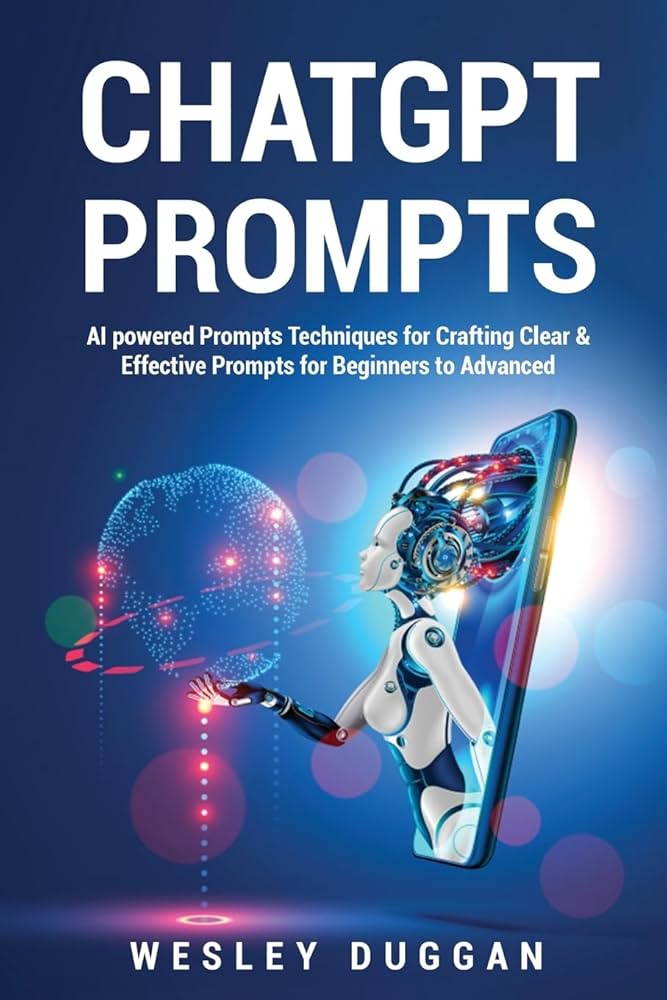AI is improving not just how we learn from books, but also how we think and grow as readers. If you’re seeking a new, non-repetitive approach to maximize every nonfiction or self-help book you encounter, let’s move beyond surface-level summaries. Instead, harness AI-driven reflection templates designed to unlock insight, catalyze action, and turn every book into a launchpad for genuine change.
This guide presents fresh, nuanced prompt templates, clear explanations, and rich examples—helping you move from passive reading to strategic, actionable learning, without echoing the same playbook as before.
Why Purpose-Built Reflection Templates Matter
Traditional note-taking often fades fast; truly lasting growth requires regular reflection, skillful interpretation, and personalized experimentation. Modern AI tools can scaffold this with adaptable frameworks, real-world application suggestions, and even community engagement ideas, ensuring your reading time compounds—rather than evaporates—over time.
AI Templates for Elevating Your Reading Experience
Each section below targets a different phase or aspect of learning, offering flexibility and creative depth beyond generic summaries.
1. The Book-to-Life Bridge: Relating Content to Your Context
Template:
“Review the main principle from [Book Title/Chapter]. Imagine you are [insert your role, e.g., a first-time manager, new parent, freelancer]. How could this idea reshape a current challenge in your real life?”
Example:
“Review the ‘identity-based habits’ principle from Atomic Habits. Imagine you’re launching your first side business—how could this reshape the way you approach building entrepreneurial habits?”
2. Critical Lens: Encouraging Skepticism and Exploration
Template:
“Identify a core argument from [Book Title/Chapter]. What might a skeptic say? List two possible downsides or counterexamples and suggest ways to address them.”
Example:
“Identify a core argument about ‘thinking big’ from The Magic of Thinking Big. What would a skeptic highlight as potential risks, and how can you mitigate these while still aiming high?”
3. Mentor Mode: Getting Advice from the Author
Template:
“Based on the style and philosophy of [Book Author], craft an imaginary email where the author responds to your specific question: ‘How do I overcome [your obstacle] given the advice in the book?’”
Example:
“Based on James Clear’s approach, write an email reply to: ‘How do I keep small habits going when I hit a plateau or lose motivation?’”
4. Social Reflection: Sparking Group Discussion or Book Club Debate
Template:
“Draft three open-ended discussion questions based on [Book Title/Chapter] that invite debate or personal sharing in a group setting.”
Example:
“Draft questions for a book club on Chapter 5 of The Magic of Thinking Big that would help members share their biggest self-doubts and brainstorm ways to counteract them.”
5. Implementation Lab: Turning Lessons into Real-World Experiments
Template:
“Read the action steps outlined in [Book Title/Chapter]. Design a real-life, week-long experiment including: your daily task, measurement criteria, and a way to celebrate or share your progress.”
Example:
“From Atomic Habits’ ‘habit stacking’ strategy, create a 7-day experiment: each morning after brushing your teeth, spend 2 minutes journaling. Track consistency and celebrate with a Friday reflection post.”
6. Long-Term Retention: Preventing “Idea Amnesia”
Template:
“Summarize [Book Title/Chapter] into three memorable analogies or visuals. Suggest a system for revisiting these analogies monthly so you don’t forget.”
Example:
“Summarize the ‘Four Laws of Behavior Change’ from Atomic Habits as four memorable visual icons. Set up a recurring monthly email or phone reminder to review them.”
7. Cross-Book Synthesis: Building a System from Multiple Books
Template:
“Combine the main lesson from [Book 1] and [Book 2] to solve [your chosen problem]. Outline a custom framework or new daily ritual based on both approaches.”
Example:
“Blend Atomic Habits’ identity change approach with The Magic of Thinking Big’s confidence mindset to create a morning affirmation and behavior routine for boosting self-belief and productivity.”
8. Progress Documentation & Meta-Reflection
Template:
“After four weeks applying lessons from [Book Title], use AI to help you:
- Summarize what’s changed in your habits, mindset, or emotions.
- Chart setbacks and solutions.
- Recommend your next ‘stretch challenge’ based on your progress.”
Example:
“After one month using techniques from The Magic of Thinking Big, summarize personal growth and create a new action goal for the following month.”
Tips for Customizing and Scaling These Templates
- Personalize prompts for your age, background, or immediate goals for richer output.
- Use AI rounds—start broad, then drill down with follow-ups (“What else?” or “Can you give an example?”).
- Turn results into shareable materials: blog posts, social media trackers, community check-ins, or portfolio artifacts.
- Use journaling or note-taking apps with AI integrations (Notion, Obsidian, Reflect, etc.) to store and review insights.
As you read your next book, think of these prompts as keys, unlocking deeper understanding, firmer action, and more vibrant personal development—without repeating the ideas you’ve already explored.



